Chinese people have been drinkingtea for thousands of years. As a common beverage in daily life, tea has a fresh and elegant taste, quenching thirst and promotinghealth, making it beloved by many. Although everyone enjoys drinking tea, not everyone uses the correct container for brewing.
Choosing the right container is essential for brewing tea.
To brewtea leaves, in addition to good tea and water, proper utensils are indispensable. In daily life, the choice of tea set depends on the type of tea, the number of people, and local tea-drinking customs.
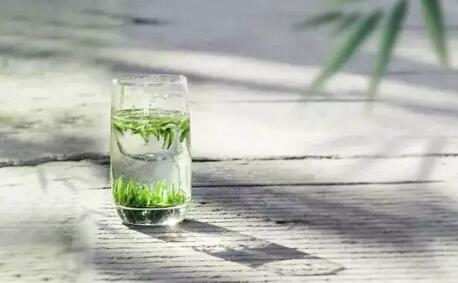
Green tea: Delicate and precious green teas such as West Lake Longjing, DongtingBiluochun,Junshan Yinzhen, andHuangshan Maofeng are best brewed in transparent glass cups, allowing observation of the tea leaves slowly unfurling, drifting, and transforming in the water—a process known as the "tea dance."
Medium to high-grade green teas like first and second-grade stir-fried green tea, pearl tea, and baked green tea, which focus on taste or thirst-quenching, can be brewed in porcelain cups. Lower-grade green teas, rich in cellulose, durable for multiple infusions, and strong in flavor, are suitable for brewing in teapots. Brewing delicate, high-quality green tea in a teapot may cause the tea to lose its fresh aroma due to excessive water and heat retention.
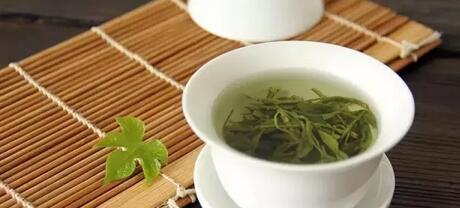
Black tea: Generally, high-grade Gongfu black tea and Xiaozhong black tea are best brewed in white porcelain or lidded glass cups. On one hand, high-grade black tea requires a bright red hue, and white or milky-white porcelain accurately reflects the tea's color for appreciation. On the other hand, lidded cups help preserve the tea's inherent aroma and flavor without compromising quality, making them ideal for savoring and smelling.
For strip-shaped black tea, purple clay teapots are a great choice, as they enhance the tea's mellow and lasting taste. Additionally, long-term use of the same purple clay teapot for brewing the same type of black tea can intensify its aroma. For broken or powdered black tea, white porcelain teapots are suitable, as they highlight the tea's rich and robust flavor, though this method may slightly diminish the aroma.
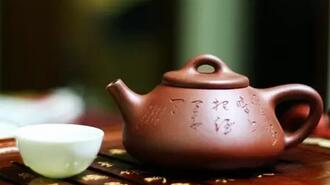
Oolong tea: Oolong tea is mainly divided into four categories: Southern Fujian Oolong (e.g.,Tieguanyin), Northern Fujian Oolong (e.g.,Dahongpao), Guangdong Oolong (e.g., Dancong), and Taiwanese Oolong (e.g., Dongding Oolong). For Southern Fujian Oolong, especially Tieguanyin, observing the leaves and smelling the aroma are as important as tasting the tea itself, making lidded cups particularly convenient.
For Northern Fujian and Guangdong Oolong, lidded cups highlight the tea's original flavor and aroma while allowing observation of the leaves. Purple clay teapots, on the other hand, enhance the tea's richness and preserve its aroma. Aged tea is best brewed in thick-walled, round purple clay teapots to maximize its flavor. Purple clay teapots should be dedicated to one type of tea to avoid mixing flavors.
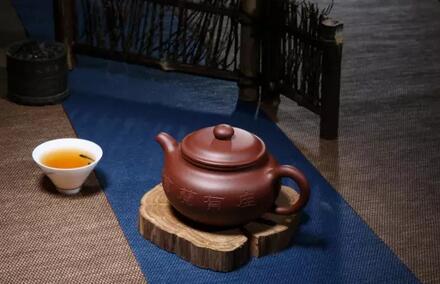
Precautions
Avoid boiling water for brewing
Some people prefer using freshly boiled water to brew tea, but this is harmful. High temperatures can destroy heat-sensitive nutrients (e.g., vitamin C) and quickly dissipate the tea's aroma. Brewing temperature should vary based on the tea's maturity: older tea can handle 95°C water, while delicate tea is best brewed at around 80°C.

Limit the number of infusions
Tea should be consumed regularly but not excessively. Brew as you drink, and avoid letting it sit too long. Over-brewing releases harmful substances. Prolonged steeping causes tea polyphenols, lipids, and aromatic compounds to oxidize, resulting in dull color, poor taste, and loss of aroma. Additionally, tea left out too long may accumulate microbes, affecting hygiene. Tea is best enjoyed within three to four infusions.
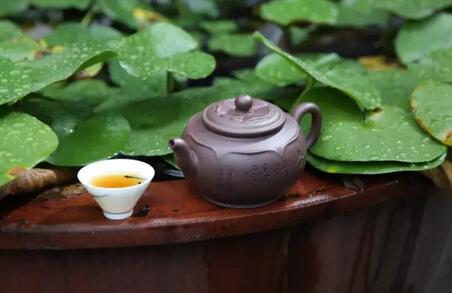
Discard the first brew
Some believe the first brew is strong and refreshing, but it often contains higher concentrations of pesticides and pollutants from cultivation and processing. The first brew should be used to "wash" the tea and then discarded.
To brew tea, besides good tea and water, proper utensils are essential. In daily life, the choice of tea set depends on the type of tea, the number of people, and local tea-drinking customs.